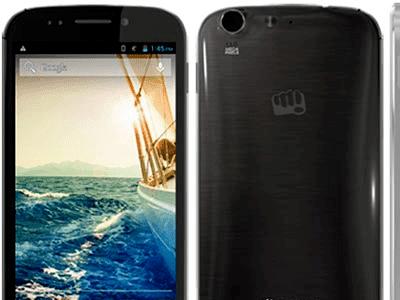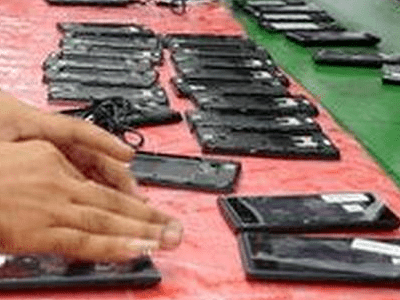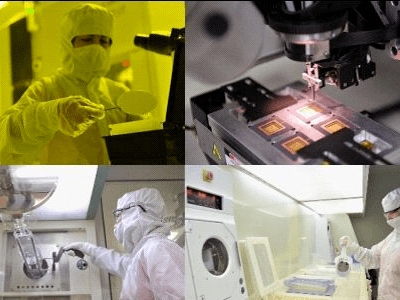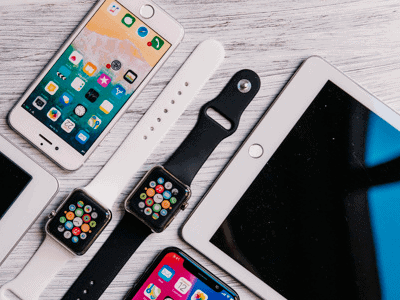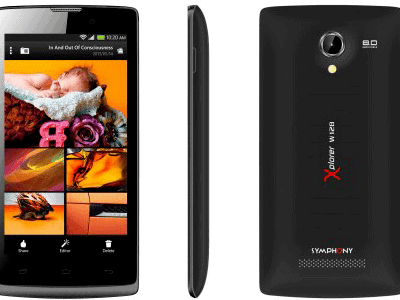Have you ever imagined a person holding an Automated Teller Machine (ATM) in his / her hand??! No? I am sure you must be wondering how it is possible to carry such a big, heavy and bulky machine around. No, this is not science fiction or an illusionist’s performance. Soon this will become a reality in India, through wide installation of microATMs across the nation.
A microATM is a handheld device based on biometric authentication systems and is capable of performing functions like cash withdrawal, cash deposit, balance enquiry and remittance. These ATMs uses fingerprint recognition technology to authenticate the individual accountholder.
Unlike traditional ATMs, microATMs do not carry cash. However, cash deposits, withdrawals, etc., are possible through Business Correspondents (BCs). A Business Correspondent is a person appointed by a bank to provide banking services to accountholders. With the introduction of UID (Unique Identity) Numbers in India this concept is expected to gain significant momentum, particularly in rural areas where the government is keen to implement financial inclusion schemes on a large scale.
Under this system, a customer has to enter Bank Identification Number (BIN) and as a second layer of authentication, he / she has to authenticate himself / herself by means of fingerprints. For instance, a person who has to withdraw say, Rs. 5,000/-, has to enter his / her BIN, UID number and the correct amount. The microATM then throws up the transaction details on a screen and prompts the customer to confirm by authorizing via his / her fingerprints. Once, the transaction is successfully completed, the BC pays the amount to the customer.
Rural areas are expected to be a big beneficiary of such microATM-based payment systems, where banking transactions are limited in value and volume. The technology also promises to reduce the cost incurred by banks for maintaining ATMs in remote areas. MicroATMs uses GPRS technology to process the banking transactions, thereby considerably bringing the cost of the overall system down.
Currently, the challenge in adoption of microATMs are:
1. High cost (INR 10,000-INR 20,000 per unit)
2. Interoperability between different banks and banking systems
3. Lack of awareness and knowledge amongst stakeholders
These issues are expected to be resolved in the next few years, as demand grows and suppliers achieve economies of scale. Also, interoperability is expected to be implemented by banks and financial intermediaries, in a manner similar to the one that is in place for the existing ATM network.
If the above-mentioned complexities are resolved, nearly 14 lakh microATMs are expected to be installed across the nation (Source: UIDAI). This is expected to benefit and offer high growth opportunities to players like Geodesic, VeriFone, Visiontek, HCL Infosystems and others in the industry.
References:
1. Micropayments, http://uidai.gov.in/UID_PDF/Front_Page_Articles/Strategy/Exclusion_to_Inclusion_with_Micropayments.pdf
2. MicroATM Standards ver 1.4, http://uidai.gov.in/images/FrontPageUpdates/microatm_standards_v1.4.pdf
3. Report of the Task Force on Aadhar-Enabled Unified Payment Infrastructure, http://finmin.nic.in/reports/Report_Task_Force_Aadhaar_PaymentInfra.pdf




